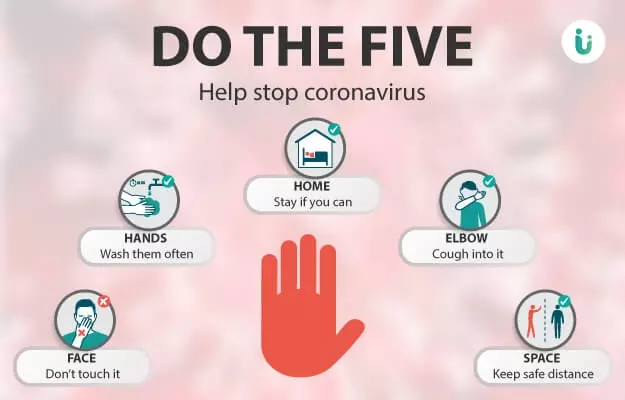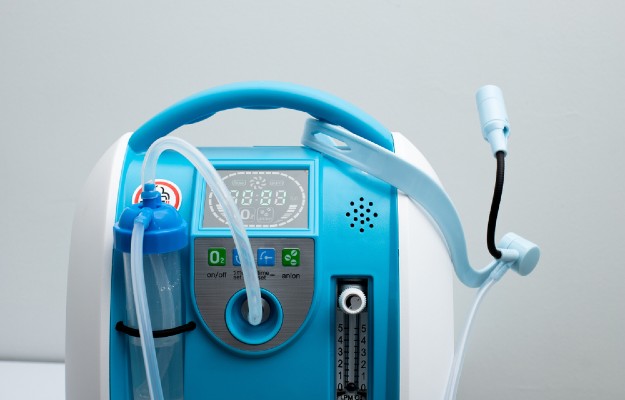It started with a case of pneumonia of unknown origin in Wuhan, China, in late December 2019. By March 2020, the COVID-19 infection had spread to 177 regions and countries across the world and affected millions of lives. Most countries facing the threat of this new coronavirus infection have imposed partial or complete lockdowns to contain the spread of this highly contagious viral infection.
With healthcare professionals and scientists working hard to care for existing patients and to find a cure or vaccine for the disease as quickly as possible, the World Health Organization (WHO) - along with FIFA - started a global campaign to prevent this pandemic from spreading further. The campaign involves raising awareness about and popularising five key steps, practising which can help people keep the COVID-19 infection at bay.
These five steps include simple things you can do including practices like proper handwashing, respiratory hygiene, social distancing and taking your health seriously. These hygiene practices are usually taught in schools to very young children, but most of us tend to forget or neglect them as we grow up. We need to re-learn these if COVID-19 is to be contained and defeated globally.
The WHO’s recommendations for the prevention of COVID-19 can be remembered through simple, one-word indicators. The success of these preventive measures, however, depends on regular practice of all five together, like they were second nature - following one or two alone will not do. Here is everything you need to know about the five steps to keep COVID-19 at bay, as suggested by the WHO.
































